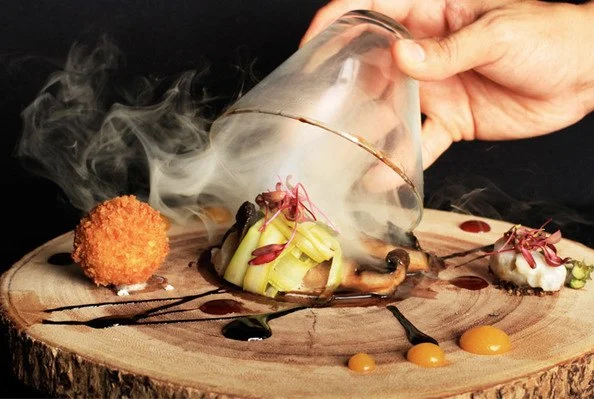
- What is Molecular Gastronomy?
- Why Dessert Restaurants Are Using Molecular Gastronomy
- Popular Molecular Gastronomy Techniques in Desserts
- Real-Life Examples of Molecular Desserts
- The Future of Molecular Gastronomy in Dessert Restaurants
What is Molecular Gastronomy?
Molecular gastronomy is a modern cooking technique that combines science and culinary arts to create innovative dishes. It focuses on the physical and chemical transformations of ingredients during cooking, often leading to surprising textures, flavors, and presentations. While molecular gastronomy is typically associated with savory dishes, dessert chefs have embraced the technique to elevate the art of dessert-making.
Using molecular gastronomy, chefs experiment with tools and techniques like liquid nitrogen, agar-agar, and spherification to create dishes that defy traditional expectations. These techniques help create visually stunning desserts that delight both the senses of taste and sight.
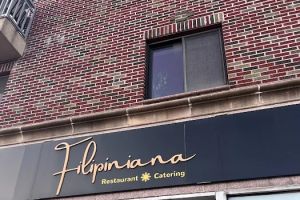
Filipiniana Restaurant & Catering / filipiniana restaurant & catering
84-05 Queens Blvd #1A, Queens, NY 11373, USA
Why Dessert Restaurants Are Using Molecular Gastronomy
The use of molecular gastronomy in dessert restaurants is growing, as it allows chefs to push the boundaries of what is possible with dessert creations. Here’s why more dessert establishments are incorporating this innovative technique:
- Unique Customer Experience: Molecular desserts offer a unique experience, with techniques like liquid nitrogen creating dramatic presentations and transforming familiar flavors into something new. This interactive element makes desserts not just food, but an experience to remember.
- Enhanced Flavor Profiles: By manipulating textures, temperatures, and the chemical properties of ingredients, chefs can enhance flavors and create unexpected taste sensations. For example, a chocolate mousse might be transformed into a crispy, airy texture that melts in your mouth.
- Visually Stunning Dishes: Molecular gastronomy often results in visually captivating dishes, such as gel spheres that burst with flavor or foams that float atop desserts, making the dining experience much more than just eating.
- Innovation and Creativity: For chefs, molecular gastronomy provides an outlet for creativity, allowing them to break away from traditional recipes and create something entirely new and experimental. It also appeals to food enthusiasts and those who seek avant-garde dining experiences.
Popular Molecular Gastronomy Techniques in Desserts
There are several molecular gastronomy techniques that dessert restaurants commonly use to create mind-blowing desserts. Let’s explore some of the most popular methods:
- Spherification: This technique involves creating small, caviar-like spheres filled with liquid, such as fruit juice or chocolate. The process uses a chemical reaction between calcium and sodium alginate to form these unique “pearls.” The result is a surprising burst of liquid when the spheres are bitten into, making for an exciting contrast in textures.
- Foams and Airs: Foams are created by incorporating air into liquids to form light, airy textures. This can be achieved with the use of lecithin or other foaming agents. Foams can be made from anything from chocolate to fruit juices, providing a new way to enjoy flavors.
- Gelification: Gelification is the process of turning liquids into gels, creating a smooth, jelly-like texture. Agar-agar or gelatin is often used to achieve this effect, allowing chefs to mold liquids into unique shapes or to create layers in desserts.
- Liquid Nitrogen: Liquid nitrogen is used to rapidly freeze ingredients, often creating dramatic presentations as the frozen items emit a cloud of vapor when served. Liquid nitrogen can be used to instantly freeze fruit or ice cream, adding a fun, theatrical element to the dessert.
- Reverse Spherification: A variant of traditional spherification, reverse spherification is used when the liquid being encapsulated is calcium-rich, such as with fruit juices. This technique results in a membrane that holds a flavorful liquid inside, often leading to new textures and flavor sensations in desserts.
Real-Life Examples of Molecular Desserts
Molecular gastronomy has produced some memorable and groundbreaking desserts. Below are some real-life examples where dessert restaurants have used these techniques to elevate their offerings:
El Celler de Can Roca in Spain, one of the world’s most acclaimed restaurants, is known for its molecular gastronomy desserts. They have created an iconic dessert called "Liquid Chocolate," which combines the use of liquid nitrogen and spherification to serve chocolate in a completely new, frozen form. This dessert has become a hallmark of their innovative approach to modern cuisine.
In the U.S., Grant Achatz’s Alinea in Chicago is a pioneer of molecular gastronomy. One of their most famous desserts is "The Chocolate Balloon," which is a balloon made of edible chocolate. The balloon is filled with helium, and when the diner inhales, the flavor of chocolate intensifies, providing both a sensory and interactive experience that is truly one of a kind.
Another example comes from Roca Moo, where molecular techniques like spherification are used to transform traditional dessert flavors into new textures. One standout dish is their "mango and coconut spheres," which burst with tropical flavor upon eating, delighting diners with a fun and unexpected treat.
The Future of Molecular Gastronomy in Dessert Restaurants
The future of molecular gastronomy in dessert restaurants looks incredibly exciting. As the technique continues to evolve, more restaurants are likely to incorporate molecular elements into their desserts to create even more unique dining experiences. The integration of technology, such as 3D printing in food, and the exploration of new chemical processes will continue to push the boundaries of what is possible in dessert-making.
Additionally, with the growing demand for interactive and immersive dining experiences, molecular gastronomy will likely become more mainstream in dessert menus. Consumers are looking for not just flavor but entertainment and creativity in their meals, and molecular desserts deliver that in abundance.








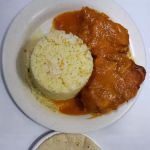 Guate Linda4.0 (104 reviews)
Guate Linda4.0 (104 reviews) Hambúrguer dos Piá4.0 (15 reviews)
Hambúrguer dos Piá4.0 (15 reviews) Carvel3.0 (96 reviews)
Carvel3.0 (96 reviews) Wendy's3.0 (1416 reviews)
Wendy's3.0 (1416 reviews)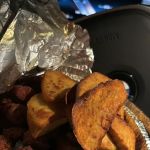 Frituras El Peluche3.0 (2 reviews)
Frituras El Peluche3.0 (2 reviews) Juan's Place4.0 (71 reviews)
Juan's Place4.0 (71 reviews) Exploring Pizza Restaurants That Use Locally Sourced Ingredients Exclusively
Exploring Pizza Restaurants That Use Locally Sourced Ingredients Exclusively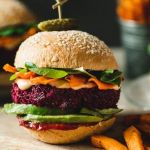 How Fast Food Restaurants Are Incorporating Plant-Based and Health-Conscious Options Successfully
How Fast Food Restaurants Are Incorporating Plant-Based and Health-Conscious Options Successfully Exploring Ice Cream Shops That Highlight Natural Ingredients and Sustainability
Exploring Ice Cream Shops That Highlight Natural Ingredients and Sustainability htmlCopy codeHow Asian Restaurants Are Blending Traditional Flavors With Modern Twists
htmlCopy codeHow Asian Restaurants Are Blending Traditional Flavors With Modern Twists How Coffee Shops Are Expanding Their Menus With Specialty Beverages
How Coffee Shops Are Expanding Their Menus With Specialty Beverages How Brazilian Restaurants Are Introducing New Ingredients to Classic Dishes
How Brazilian Restaurants Are Introducing New Ingredients to Classic Dishes